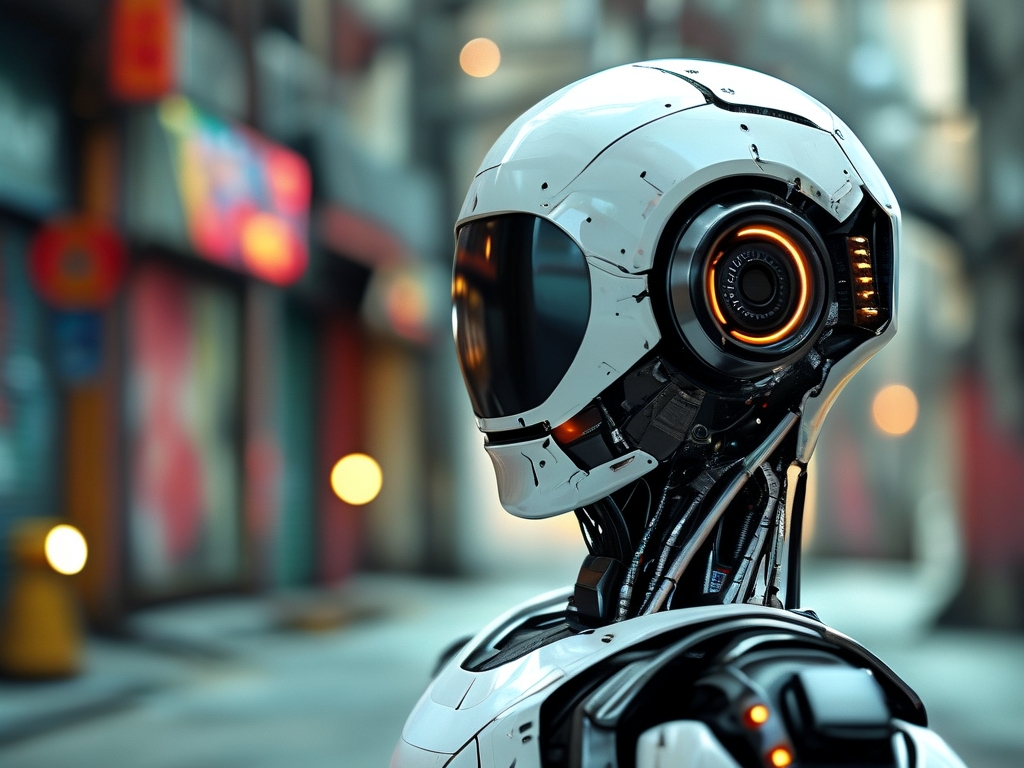The rapid evolution of robotics has ushered in a transformative era dominated by fully electric-driven robotics, a technology that replaces traditional hydraulic or pneumatic systems with all-electric components. This paradigm shift is redefining industries by prioritizing energy efficiency, precision, and environmental sustainability. As global demands for automation surge, electric-driven robots are emerging as the cornerstone of modern manufacturing, healthcare, agriculture, and beyond.

The Core Advantages of Electric-Driven Robotics
-
Precision and Control:
Electric actuators and servo motors enable unparalleled accuracy in movement, making these robots ideal for tasks requiring micron-level precision. For instance, in semiconductor manufacturing, electric-driven robotic arms assemble circuits with near-zero error margins, a feat unachievable with hydraulic systems prone to fluid leakage or pressure fluctuations. -
Energy Efficiency:
Unlike hydraulic systems that waste energy through heat dissipation, electric-driven robots convert over 90% of electrical input into mechanical output. A study by the International Federation of Robotics (IFR) revealed that switching to electric-driven automation reduced factory energy costs by 35% on average. -
Sustainability:
By eliminating hydraulic fluids—often toxic and non-recyclable—electric-driven systems align with global net-zero goals. Companies like Tesla now use all-electric robots in their Gigafactories, slashing carbon footprints while maintaining high-speed production. -
Reduced Maintenance:
Hydraulic systems require frequent fluid changes and seal replacements. Electric robots, however, rely on sealed motors and digital sensors, cutting downtime by up to 50%. ABB’s YuMi collaborative robot, for example, operates for 20,000 hours without maintenance.
Applications Across Industries
-
Manufacturing:
Electric-driven robots dominate automotive assembly lines. BMW’s Leipzig plant employs over 1,200 electric robots to weld and paint car bodies, achieving a 99.8% defect-free output rate. -
Healthcare:
Surgical robots like the da Vinci Xi System use electric actuators for tremor-free incisions, enabling minimally invasive procedures. In 2022, over 1 million surgeries were performed globally using such systems. -
Agriculture:
Startups like Iron Ox deploy electric-driven robots for planting and harvesting. Their systems use 70% less water and 90% less fertilizer than traditional methods, addressing food security and ecological concerns. -
Logistics:
Amazon’s Proteus, an all-electric autonomous mobile robot, navigates warehouses using LiDAR and machine learning, reducing human labor in package sorting by 40%.
Overcoming Challenges
Despite its promise, the transition to fully electric-driven robotics faces hurdles:
-
High Initial Costs:
Electric servo motors and power electronics are expensive. However, economies of scale are lowering prices—Boston Dynamics’ Spot robot cost dropped from $75,000 in 2020 to $45,000 in 2023. -
Battery Limitations:
High-torque applications drain batteries quickly. Innovations like Tesla’s 4680 cells and solid-state batteries promise longer lifespans. Toyota recently tested a robot powered by a hydrogen fuel cell, achieving 48 hours of continuous operation. -
Heat Management:
Electric systems generate heat during operation. Advanced cooling solutions, such as graphene-based thermal interfaces, are mitigating this issue.
The Future: Integration with AI and IoT
The next frontier involves merging electric-driven robots with AI and IoT. NVIDIA’s Isaac Sim platform trains robots in virtual environments, enabling them to learn tasks like object recognition in days instead of months. Meanwhile, 5G connectivity allows real-time data exchange between robots, optimizing swarm operations in construction or disaster response.
Fully electric-driven robotics is not merely an incremental upgrade but a revolutionary leap toward sustainable, intelligent automation. By eliminating fossil fuels, enhancing precision, and integrating with cutting-edge software, this technology is poised to reshape industries while addressing climate challenges. As R&D accelerates, the day when electric robots become ubiquitous—from homes to Mars colonies—draws nearer.

